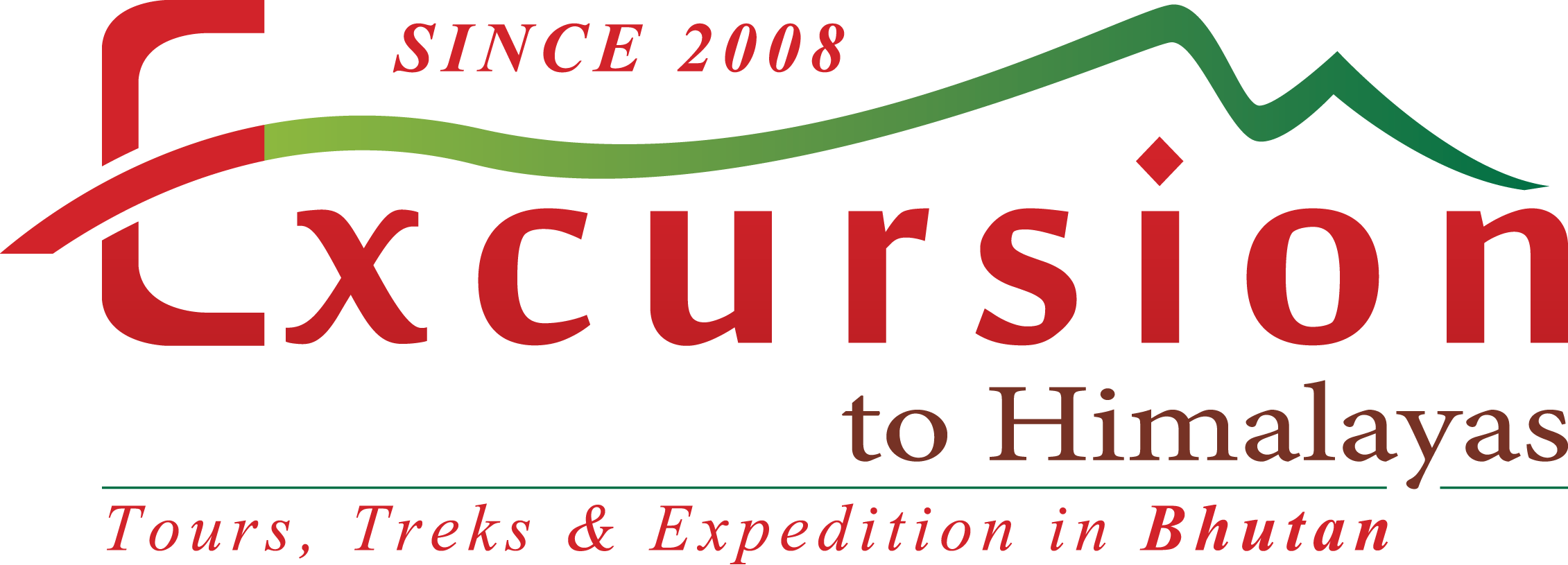Do not hesitate to give us a call. We are an expert team and we are happy to talk to you.
+975-17140505
info@excursiontohimalaya.com
Druk Path Trek in Bhutan is a 6 days Trek, that goes to High Altitudes, and is moderately strenuous. The Trek route passes through some beautiful High Altitude Lakes. It is a popular Trek route. The highest point is 3800 Meters. This ancient trading route is one of the finest treks in all Bhutan, connecting the Paro and Thimpu Valleys with beautiful rhododendron forests, yak pastures, and crystal-clear lakes. The Trek starts from Jele dzong and ends in Thimphu.
Paro International Airport.
Paro Jele Dzong and ends at Thimphu
Moderate
3600 meters.
51 km from the starting point to the end Point.
As this is a short trek the trip includes the very best of the other things to do in Bhutan, including hiking to the Tiger’s Nest Monastery and a full tour of Thimphu. The best times to hike the Druk Path in Bhutan are between March-June and September-November. This time of the year remains crystal clear weather with blue sky and dry season for trekkers to complete. The average temperature ranges from 15 to 20 degree.
The flight into Paro on our national carrier, Druk Air, is a befitting introduction to the spectacular beauty of our country. In clear weather, magnificent views of the world’s highest peaks, give way to the lush green Paro valley as you land. Your Bhutanese escort from our company will greet you on arrival, and then drive you the short distance to the Hotel. After lunch, visit the Ta Dzong, an ancient watchtower, which now houses the National Museum. Below the museum is the Paro Rimpung Dzong, the center of civil and religious authority in this valley. A short walk takes you to the base of the dzong and across a traditional cantilevered, covered bridge. A short distance further is one of the innumerable archery grounds. (Archery is the national sport of Bhutan). If we are lucky, we may catch a match in action. Dinner and overnight in Hotel.
Today is a short trek. The trek begins above the National Museum; we climb till we reach camp. If the weather is clear the Paro valley and the snow-capped mountains can be seen. The campsite is near the old Jele Dzong. If the caretaker is there you can visit the Dzong. Altitude 3,350m; Distance 10 Km; Time 3 – 4 hours.
The trek starts with a short climb and then passes through a thick alpine forest of rhododendron and gradually climbs till we reach camp. You may see yak herders around your campsite. Altitude 3,700m; Distance 12 Km; Time 4 – 5 hours.
The trail follows the ridge and on a clear day, the views of the mountains and valleys are beautiful. Our camp is close to Lake Jimilangtso. These lakes are known for their giant-sized trout, and if lucky, you may enjoy well-prepared trout for dinner. Altitude 3,800m; Distance 16 Km; Time 6/7 hours.
(4-5hours): The trail takes you through dwarf rhododendron trees past the lake of Janetso. Overnight camp.
From here we slowly descend down to Phajoding Monastery from where Thimphu town is visible at the valley floor. Overnight camp.
After breakfast, descend down to the Thimphu valley. End of Trek.
Drive to Punakha via Dochula pass. If the weather is clear, we stop for a while at Dochula pass to view Higher Himalayas. On the way, visit Chime Lhakhang, which Lama Drukpa Kuenley built. He subdued the demons with his “Magical Thunder bolt”. The Temple is also known as “the Temple of Fertility”. In Punakha, visit Punakha Dzong built in 1637 by Shabdrung Ngawang Namgyal and is situated between Pho Chu (Male River) and Mo Chu (Female River).
From his vision, the architect conceived the design for the new Dzong, which was never committed to paper in keeping with tradition. The Dzong was named Druk Pungthang Dechen Phodrang (Palace of Great Happiness). The war materials captured during the battle with Tibetans are preserved here. Punakha is still the winter residence of Je-Khenpo and King Jigme Dorji Wangchuk convened the new national Assembly here in 1952. Wangduephodrang. Further, drive to Phobjikha and visit Gangtye goenpa monastery. Overnight at Farm House with Hotstone bath.
After breakfast drive to Thimphu & visit the National Memorial Chorten (1974) built in honor of our late King Jigme Dorji Wangchuk and the giant Buddha Statue overlooking Thimphu valley followed by the 13th arts and craft school. Dinner and Overnight in Hotel.
Embark on a captivating journey from Thimphu to Paro, as the scenic drive unfolds the majestic beauty of Bhutan’s landscapes. The winding road offers panoramic views of lush valleys, terraced fields, and traditional Bhutanese villages. En route, visit the Dochula Pass with its stunning 108 stupas and the iconic Druk Wangyal Chortens. Continue your drive to Paro, where the sightseeing adventure continues with a visit to the historic Paro Dzong, the National Museum, and the famed Tiger’s Nest Monastery, perched on a cliff. The Thimphu to Paro drive is not just a commute but a visual feast of Bhutan’s cultural and natural wonders.After breakfast, drive to Paro. Visit Paro Dzong, Museam and followed by farm house stay. Dinner and overnight at Paro.
Depart from Airport
The trek includes the following services.
The Druk Path Trek may be challenging for very young children and elderly travelers, but it is feasible for physically fit individuals with a sense of adventure. It’s essential to consult with your trekking operator to determine the suitability based on your group’s capabilities.
Always plan and prepare well for the Druk Path Trek to ensure a safe and enjoyable journey through Bhutan’s stunning landscapes and cultural treasures.
It is essential to pack appropriate clothing for varying weather conditions, sturdy trekking shoes, a good quality sleeping bag, a water bottle, and personal essentials. A detailed packing list will be provided by your trekking agency.
Yes, trekking agencies often provide options to customize the Druk Path Trek itinerary to suit your preferences and interests. You can discuss your requirements with us for any customization.
The Druk Path Trek offers stunning views of the Himalayas, including Mt. Gangkar Puensum, Bhutan’s highest peak. Trekkers also get to experience pristine lakes, ancient monasteries, and lush forests along the trail. You also come across many wildlife, and Yak herders during the Trek.
Yes, like all treks in Bhutan, you are required to hire a licensed Bhutanese Trek guide but no need to obtain a trekking permit. The guide will ensure your safety and provide valuable insights into the local culture and environment.
The highest point on the Druk Path Trek is the Phume La Pass, which stands at an altitude of approximately 4,210 meters (13,810 feet). Proper acclimatization is important to avoid altitude-related issues. On the first day we usually take rest and give ample time for acclimatization.
The best time to undertake the Druk Path Trek is during the spring (March to May) and autumn (September to November) seasons. These months offer pleasant weather, clear skies, and favorable trekking conditions.
“A Great Introduction to Trekking in Bhutan!”
As a first-time trekker, the Druk Path Trek was the perfect choice for me. The moderate difficulty level allowed me to challenge myself while enjoying the journey. The support from our guide Lal Bdr Rai and trekking crew Mr. Kaka was exceptional, and the camping experience was surprisingly comfortable. Each day brought new surprises, from encountering yaks on the trail to witnessing a colorful local festival. I am already planning my next trek in Bhutan! – Alex M.

